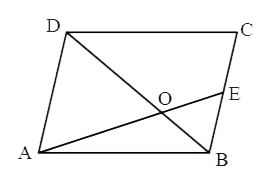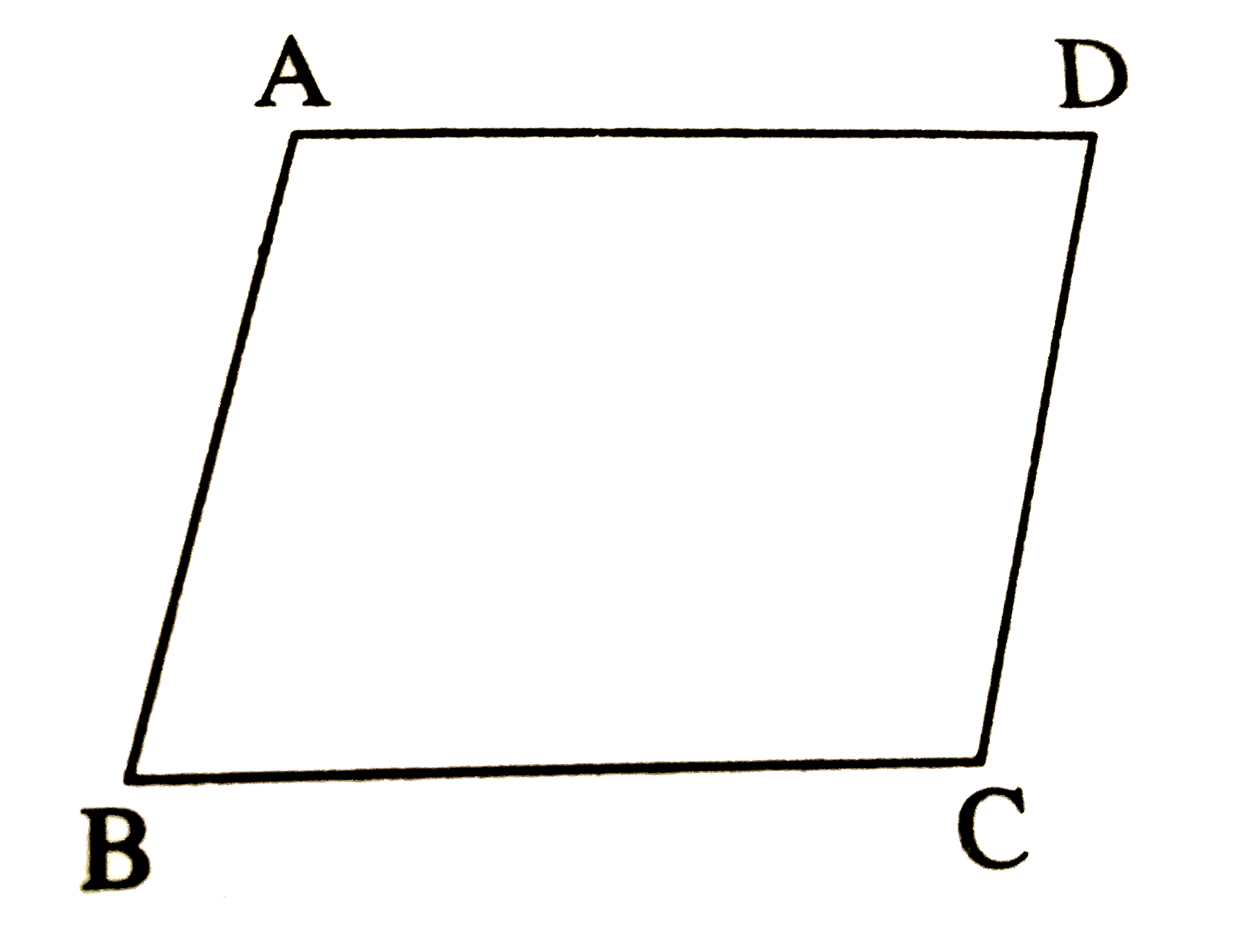In the given figure, ABCD is a parallelogram, AL⊥BC,AM⊥CD,AL=4 cm and AM=5 cm. If BC=6.5 cm then find CD.
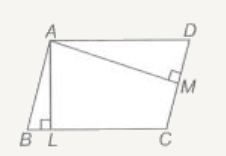
5.2 cm
8.7 cm
6.5 cm
3.3 cm
The correct Answer is:A
Step by step video & image solution for In the given figure, ABCD is a parallelogram, ALbotBC,AM botCD,AL=4 cm and AM=5 cm. If BC=6.5 cm then find CD. by Maths experts to help you in doubts & scoring excellent marks in Class 9 exams.
Updated on:21/07/2023Topper's Solved these Questions
Similar Questions
Knowledge Check
In figure, ABCD is a parallelogram, AE⊥DC and CF⊥AD. If AD = 12 cm, AE = 8 cm and CF= 10 cm find CD.
 A17 cmB12 cmC10 cmD15 cm
A17 cmB12 cmC10 cmD15 cmIn the adjoining figure a parallelogram ABCD is shown .
AB=24 cm and AO=BO=13 cm. Find BC :
 A8 cmB10 cmC11 cmDnone of these
A8 cmB10 cmC11 cmDnone of theseIn the given figure, ABCD is a trapezium such that AL⊥DCandBM⊥DC. If AB=7cm,BC=AD=5cm and AL=BM=4cm then ar(trap.ABCD)=?
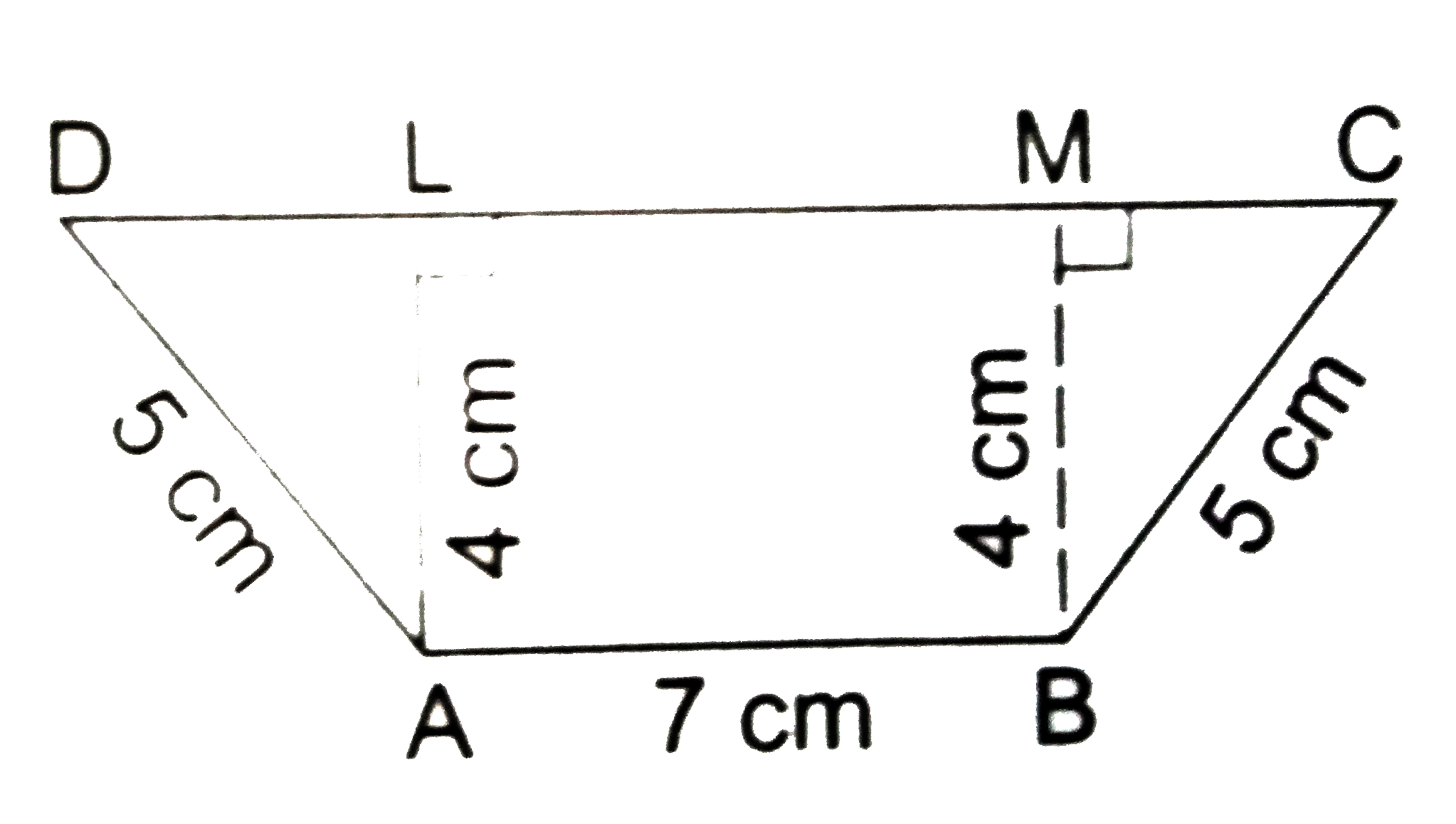 A24cm2B40cm2C55cm2D27.5cm2
A24cm2B40cm2C55cm2D27.5cm2
Construct a parallelogram ABCD with AB=5cm, BC=4.5cm, and AC=7cm.
View Solution28. In the given figure, ABCD is a parallelogram. DL丄AB andAB = 13 cm = AD. If the area of parallelogram is 156 cm2,a) 5cmb) 6cmc) 7cmd) 8cm
View SolutionIn the given figure, ABCD is a quadrillateral in which BD=14cm,AL⊥BD,CM⊥BD such that AL = 6 cm and CM = 8 cm. Find the area of aquad. ABCD.
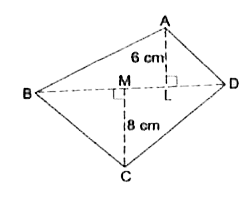
View SolutionIn the given figure, if AB = 10 cm, CD = 7 cm, SD = 4 cm and AS = 5 cm, then BC = ?
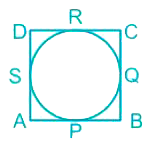
View SolutionIn the figure, ABCD is a quadrilateral BD = 20 cm. If AL⊥BD and CM⊥BD such that AL = 10 cm and CM = 5 cm, find the area of quad. ABCD.

View Solution

